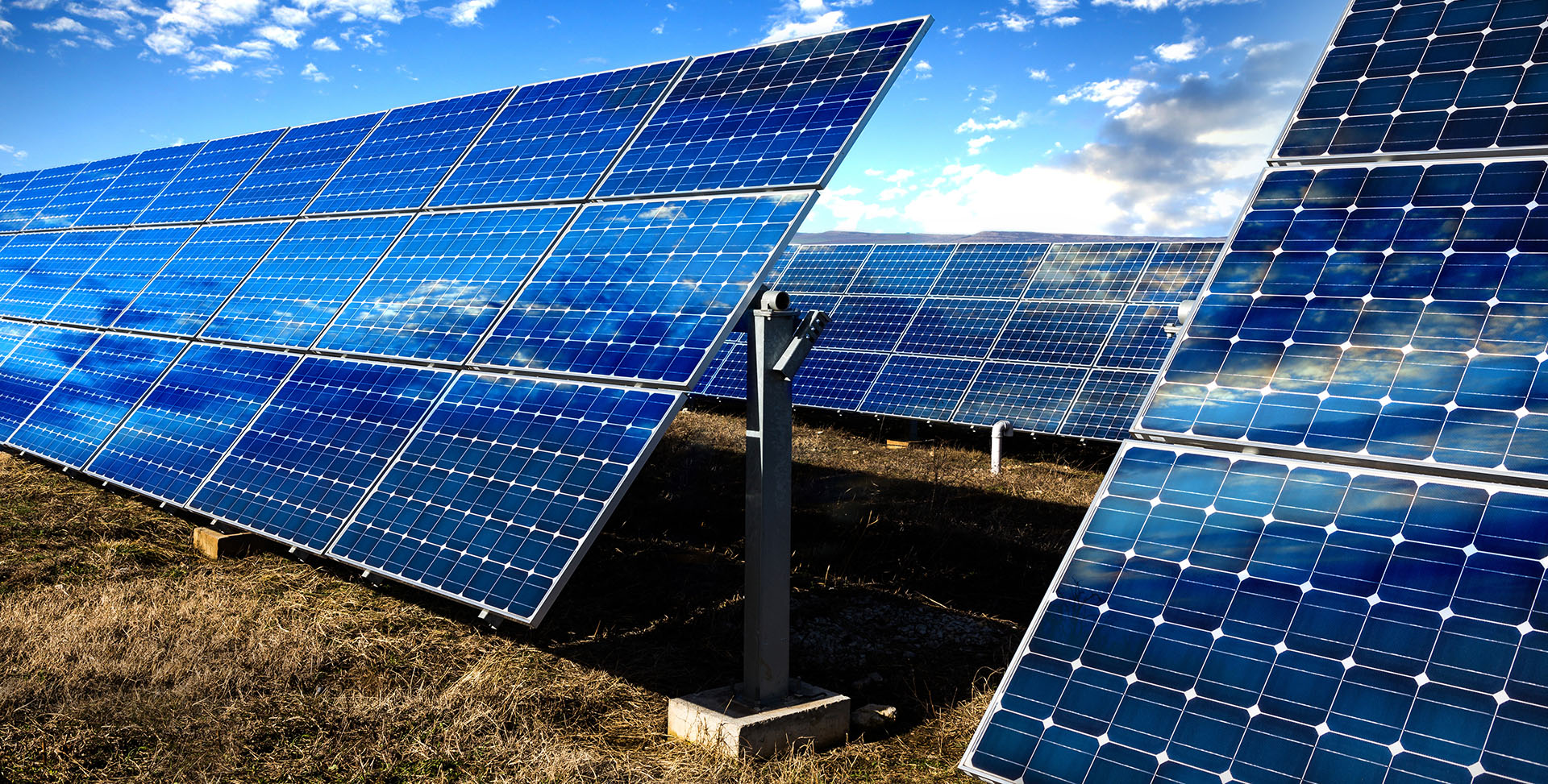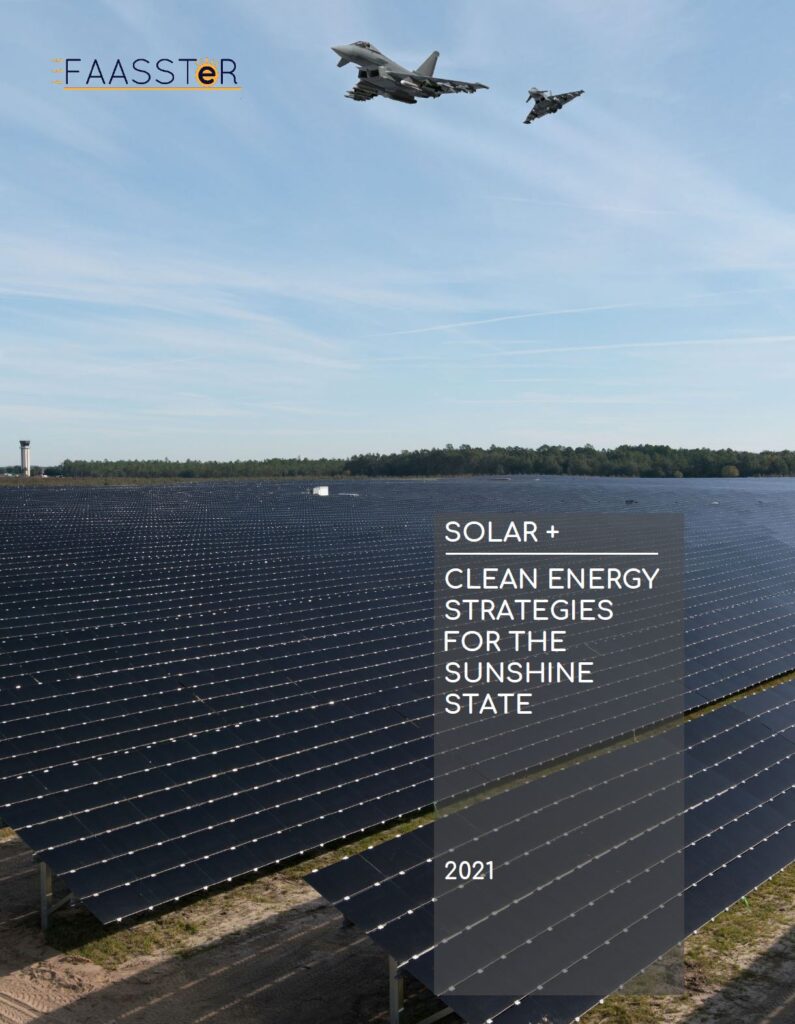FAASSTeR Posters:
FAASSTeR Webinars:

LBNL Report: Drivers of the Resource Adequacy Contribution of Solar and Storage for Florida Municipal Utilities, by Andrew D. Mills, Pia Rodriguez
Solar’s variable generation limits its contribution to reliably meeting peak demand, or its resource adequacy contribution. Energy storage is a leading option to increase solar’s resource adequacy contribution, yet the contribution from different configurations of solar and storage is not widely understood. We develop methods for exploring the primary drivers of an estimate of the resource adequacy contribution of solar and storage, and we apply the methods to a case study in Florida, where demand peaks in winter and summer.
We find that the portion of solar nameplate capacity that contributes to resource adequacy—its capacity credit—is less than 50% and that it declines with increasing solar penetration. The capacity credit of storage, even though it is fully controllable by the system operator, strongly depends on the duration of storage. The capacity credit of 1 hour of storage can be less than the capacity credit of solar. Achieving a 90% capacity credit requires at least 4–5 hours of storage when storage capacity is small relative to the system peak. As storage deployment increases to 20% of the peak demand, 9 hours—and sometimes more than 10 hours—of storage are needed to achieve a 90% capacity credit.
Increased solar deployment at the system level can increase storage’s capacity credit. Directly pairing solar and storage can also impact the capacity credit. Storage with a power rating similar to the solar inverter rating loses capacity credit when coupled with solar if its duration is more than 1–2 hours, because storage competes with solar for use of the inverter. On the other hand, there is no reduction in capacity credit when the storage is small relative to the solar inverter.
The approach and tools developed here for exploratory analysis can be useful for many other utilities and regions grappling with similar preliminary questions, prior to evaluation of specific cases using more detailed and resource-intensive modeling.
Find the full report here.
Download the accompanying slides here.
Utility Scale Solar in the U.S., the Southeast, and Florida by Joachim Seel.
Utility scale solar has accounted for most of the total growth in solar in terms of power capacity in most parts of the U.S., and particularly in Florida, through 2020 and beyond. Learn more here from one of the experts on utility scale solar, Joachim Seel. He is a member of the team at the Lawrence Berkeley National Laboratory (LBNL) Electricity Markets and Policy Group that produces a definitive resource, the annual report on utility scale solar, available here.
Download the accompanying slides here.
NREL Report: Absorbing the Sun: Operational
Practices and Balancing Reserves in
Florida’s Municipal Utilities, by Elaine Hale and Ella Zhou
The vertically integrated investor-owned utilities, municipal utilities, and co-ops operating in the Florida Reliability Coordinating Council (FRCC) are expected to continue their current trend of procuring more solar photovoltaic (PV) capacity in response to PV price declines and city-level
renewable energy goals. The municipal utilities participating in the Florida Alliance for Accelerating Solar and Storage Technology Readiness (FAASSTeR) project are no exception and may face distinctive PV integration challenges because their power system sizes are relatively small. In service of the FAASSTeR project, this study seeks to quantify the particular
challenges that the four FRCC municipal balancing authorities—Gainesville Regional Utilities (GVL), City of Tallahassee Electric & Gas Utility (TAL), JEA, and the Florida Municipal Power Pool (FMPP)—may have regarding increasing balancing reserve needs, as well was the potential
impact of two mitigation strategies: increased operational frequency and coordinated operations.
This study analyzes the relationship between PV penetration and reserve needs by constructing data sets of historical load shapes paired with time-synchronous solar generation profiles simulated to contain different amounts of available generation per unit of annual load. Load and solar forecast errors are then estimated for different timescales. Depending on assumed operational practice, day-ahead (DA) forecasts and dispatch, hour-ahead (HA) forecasts and dispatch, or sub-hourly (SH) forecasts and dispatch, reserve requirements are estimated by covering a certain percentage of forecast errors for forecasts with the appropriate amount of look-ahead (e.g., day-ahead for DA, hour-ahead for HA). We explore the impact of system size and operational practice through the lens of eight FRCC balancing authorities (BAs)—GVL, TAL, JEA, Seminole Electric Cooperative (SEC), FMPP, Tampa Electric Company (TEC), Duke
Energy (FPC), and Florida Power & Light (FPL)—and two fictitious “reserve sharing groups”— MUNIS (GVL, TAL, JEA, and FMPP) and FRCC (all BAs except SEC).
Find the full report here
RELAY-Florida’s Energy & Electric Utility Magazine, Spring 2021 Volume 53 Issue 3
Solar Can Contribute to Meeting Utility Reliability Goals
For utilities, maintaining a reliable system is paramount. New research from the Florida Alliance for Accelerating Solar and Storage Technology Readiness (FAASSTeR) team investigates how electricity from solar photovoltaics (PV) can support this goal.
The challenge is that production from solar PV is difficult to forecast and can be highly variable on days with passing clouds. Because of these characteristics, utility planners should not expect 100 MW of solar PV to make the same contribution to reliability as 100 MW of conventional thermal generation. Nevertheless, solar PV does provide some contribution to maintaining reliability. Proper accounting for that contribution in planning can reduce utility costs by deferring the need to procure other sources of capacity. Furthermore, there is a growing trend toward coupling solar PV with battery storage. This pairing can boost its contribution to reliability, though methods to quantify the contribution of solar + storage are still being developed.
Read the full article here




